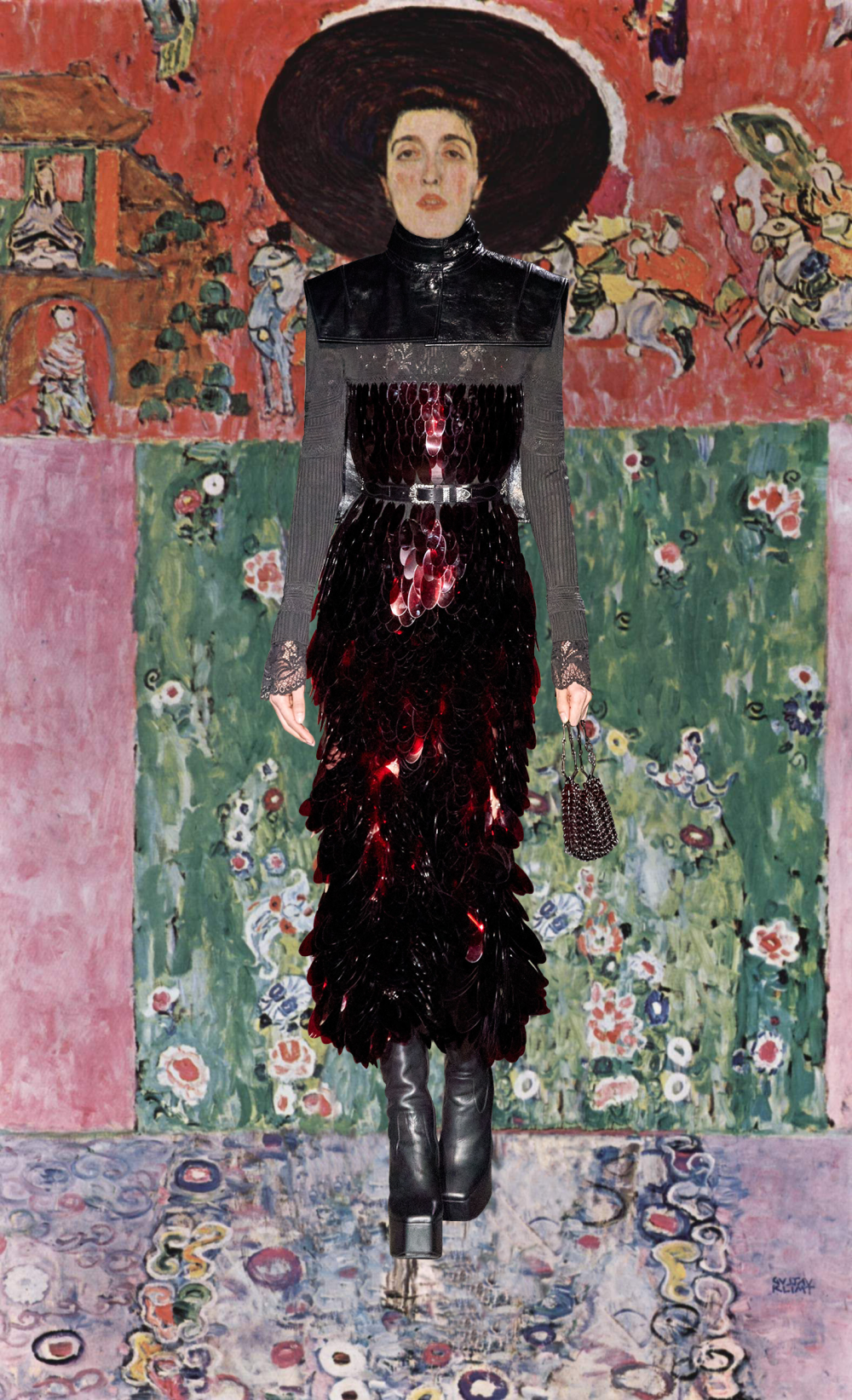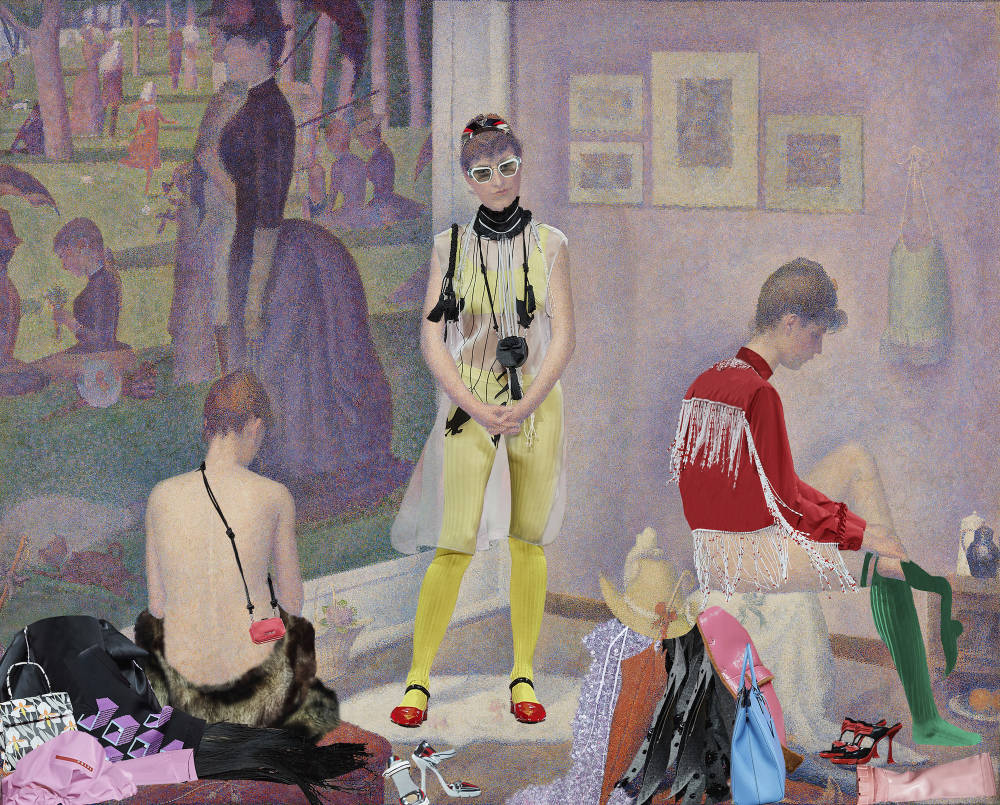
Georges Seurat
Models (in Prada), 1886
Where would art be without fashion? And where would fashion be without art? From the importance of garments in Renaissance portraiture to the contemporary fashion world’s feverish admiration of artists and their work, the two mediums are more connected – and accessible – than ever. Thus, it comes as no surprise that Minnie Muse’s initial Art & Fashion collages, celebrating the best of the Spring/Summer 2020 collections, which were modeled by some of art history’s most iconic portrait subjects, were such as success. That being said we have revisited this proven fromula for the Fall/Winter 2020 fashion show season.
Perhaps one of the most significant differences between art and fashion is the life cycle bestowed unto each medium. Paintings live on for centuries, like a fine wine getting better with age, often ending up in the collections of institutions around the world. Clothing, on the other hand, is often discarded and forgotten about at an increasingly rapid pace. Furthermore, paintings remain untouched and idolized as historical artifacts; thier cultural significance continuing to build with time. Clothing, on the other hand, decays with every wear. Thus, in the spirit of Minnie Muse’s interdisciplinary approach to content, reimagining some of art history’s most iconic figurative works using contemporary fashion as a medium, felt like the ultimate equalizer between worlds.
During every fashion show season we are ‘all-hands-on-deck’ at the MMoffice: analyzing collections, breaking down references, and work-shopping ways we can cover the latest round of shows that speaks to our unique mission. For this particular story, our process was similar to last season’s approach, albeit more streamlined. We started at the beginning of fashion month by sourcing a selection of well-known figurative paintings that would make for ideal blank canvases – pun intended – and then began noting standout collections from the season as they walked the runway. When choosing a collection to feature, we not only look at clothing, but also have to consider shoes, handbags, and other accessories. After selecting a group of perspective paintings and flagging our favorite shows, we began pairing them based on style, narrative and silhouette.
The first of such pairings was Marc Jacobs’ standout Fall/Winter 2020 collection and Johannnes Vermeer’s 1665 painting ‘Girl with a Pearl Earring’. Marc showed extraordinary headpieces designed by British milliner Stephen Jones, for which Vermeer’s austere, cropped female portrait subject was the perfect model. The London collections failed to strike inspiration this season, so it was off to Milan, where we saw standout showings by Prada, Moncler, Gucci, and Bottega Veneta. The latter three brands present menswear and womenswear together, so we knew the paintings selected should include both male and female figures. Gucci’s theatrical presentation of full-skirted gowns and suggestive religious garb proved the perfect pairing for Jan van Eyck’s ‘The Arnolfini Portrait’ (1434), while a handful of Moncler’s latest Genius collections – namely J.W. Anderson, Simone Rocha and Craig Green – worked well with Italian artist Sandro Botticelli’s classical 15th century work ‘Birth of Venus’ (1485-1486). Likewise, creative director Daniel Lee’s blissfully modern Bottega Veneta collection was the perfect contrast to Impressionist painter Gustav Caillebotte’s 1877 oil painting, ‘Paris Street; Rainy Day,’ while Miuccia Prada’s final collection as sole creative director for her eponymous brand before relinquishing part control to her new co-designer Raf Simons, was a celebratory parade of powerful females, whose beaded fringe dresses, vibrant jackets, and sheer gowns worked perfectly on the nude figures in Georges Seurat’s large-scale figurative painting, ‘Models (Poseuses)’ (1886-1888).
Despite the uncertainty and fear that overwhelmed the world come Paris fashion week, the collections prevailed. Belgium designer Anthony Vaccarello paid homage to the glory days of Yves Saint Laurent in his first colorful collection for the French fashion house, which was the perfect contrast to Pablo Picasso’s muted, Rose Period work, ‘Boy Leading a Horse’ (1905), while creative director Julien Dossena also introduced a new, powerful vision for Paco Rabanne, which included clerical robes and Joan of Arc armor that stood its ground against the pattern-filled backdrop of Gustav Klimt’s ‘Portrait of Adele Bloch-Bauer’ (1912). Always a highlight of Paris Fashion Week, Demna Gvasalia’s Fall/Winter 2020 collection for Balenciaga continued to build on house codes re-introduced by the Georgian designer each season, while modernizing Balenciaga’s famed silhouettes; a perfect marriage of past, present, and future, that deserved to be modeled by Andy Warhol’s silver, silk-screened ‘Double Elvis’ painting from 1963. For the final show of Paris Fashion Week, Louis Vuitton creative director Nicolas Ghesquière continued to remix periods and cross-cultural references for a fashion forward collection, in which a standout silhouette was full-skirted, Flamenco-style mini dresses that proved the perfect pairing for Edgar Degas romantic ballerina paintings.

Andy Warhol
Double Elvis (in Balenciaga), 1963
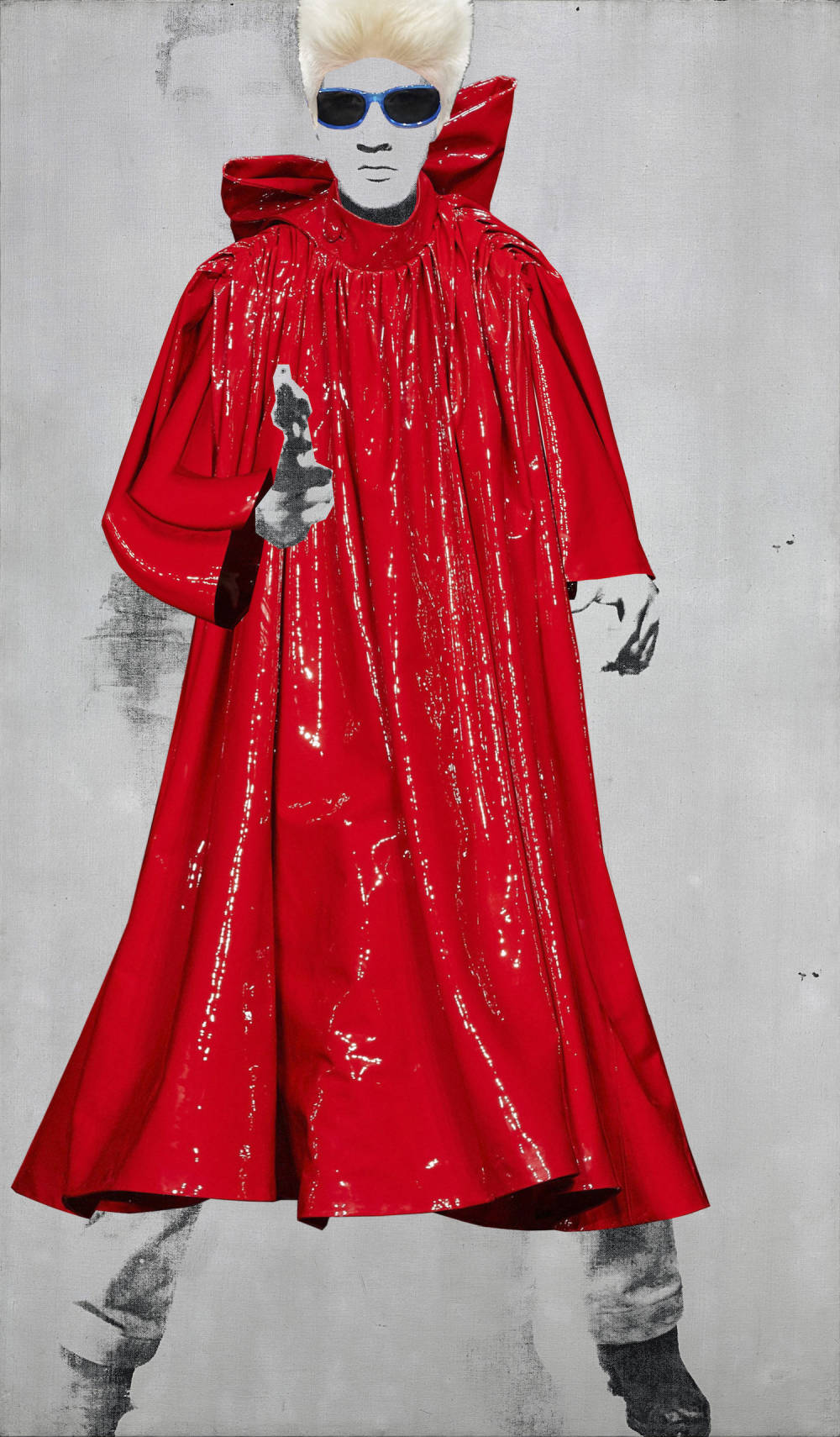
Andy Warhol
Double Elvis (in Balenciaga), 1963

Andy Warhol
Double Elvis (in Balenciaga), 1963
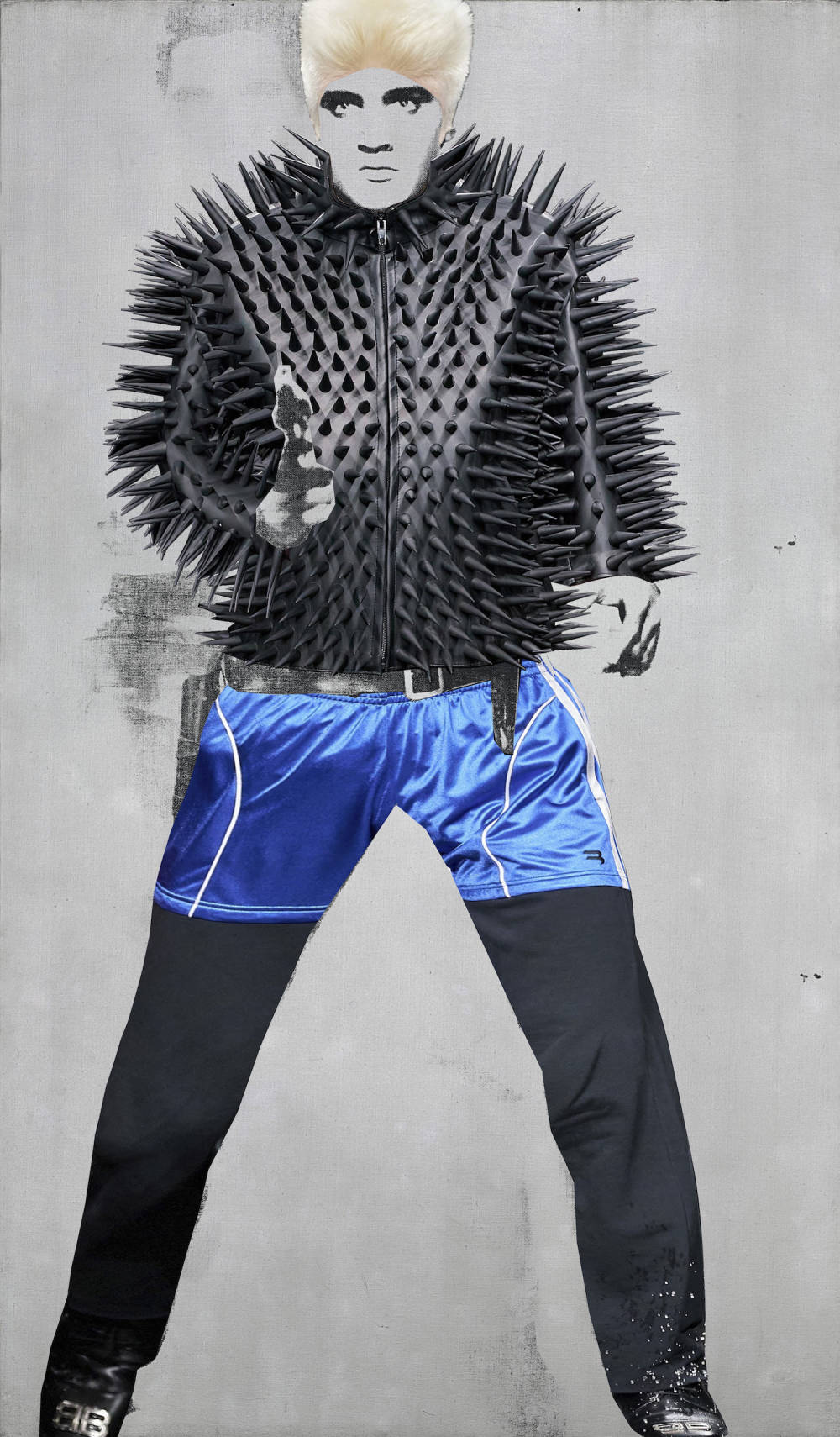
Andy Warhol
Double Elvis (in Balenciaga), 1963

Andy Warhol
Double Elvis (in Balenciaga), 1963

Gustave Caillebotte
Paris Street; Rainy Day (in Bottega Veneta), 1877
Jan van Eyck
Arnolfini Portrait (in Gucci), 1434
Jan van Eyck
Arnolfini Portrait (in Gucci), 1434
Jan van Eyck
Arnolfini Portrait (in Gucci), 1434

Edgar Degas
The Star (in Louis Vuitton), 1878

Edgar Degas
Dancers (in Louis Vuitton), 1878
Johannes Vermeer
Girl with a Pearl Earring (in Marc Jacobs), 1665
Johannes Vermeer
Girl with a Pearl Earring (in Marc Jacobs), 1665
Johannes Vermeer
Girl with a Pearl Earring (in Marc Jacobs), 1665

Sandro Botticelli
The Birth of Venus (in Moncler by Simone Rocha), 1485

Sandro Botticelli
The Birth of Venus (in Moncler by Richard Quinn), 1485

Sandro Botticelli
The Birth of Venus (in Moncler by JW Anderson), 1485

Georges Seurat
Models (in Prada), 1886
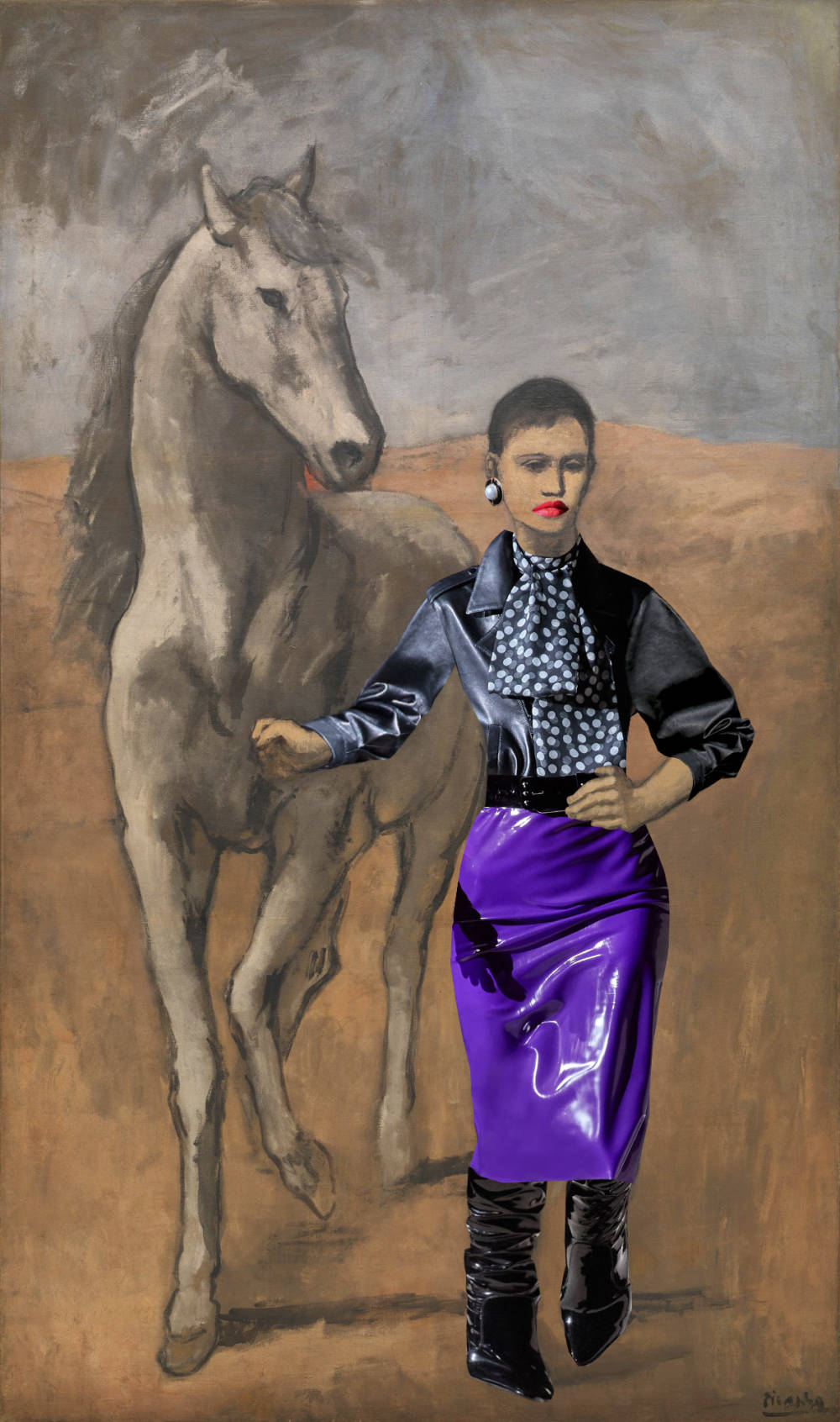
Pablo Picasso
Boy Leading a Horse (in Saint Laurent), 1905
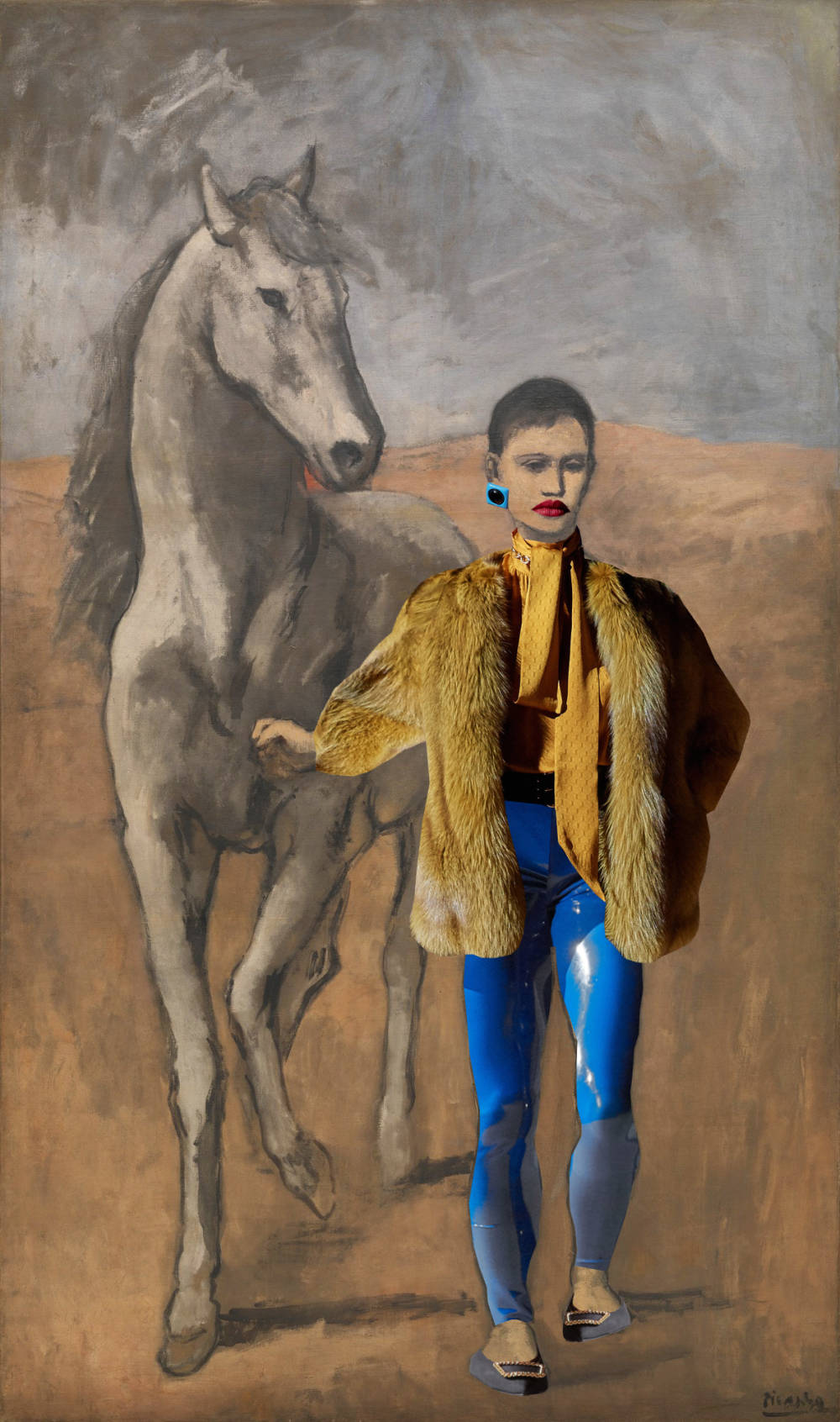
Pablo Picasso
Boy Leading a Horse (in Saint Laurent), 1905
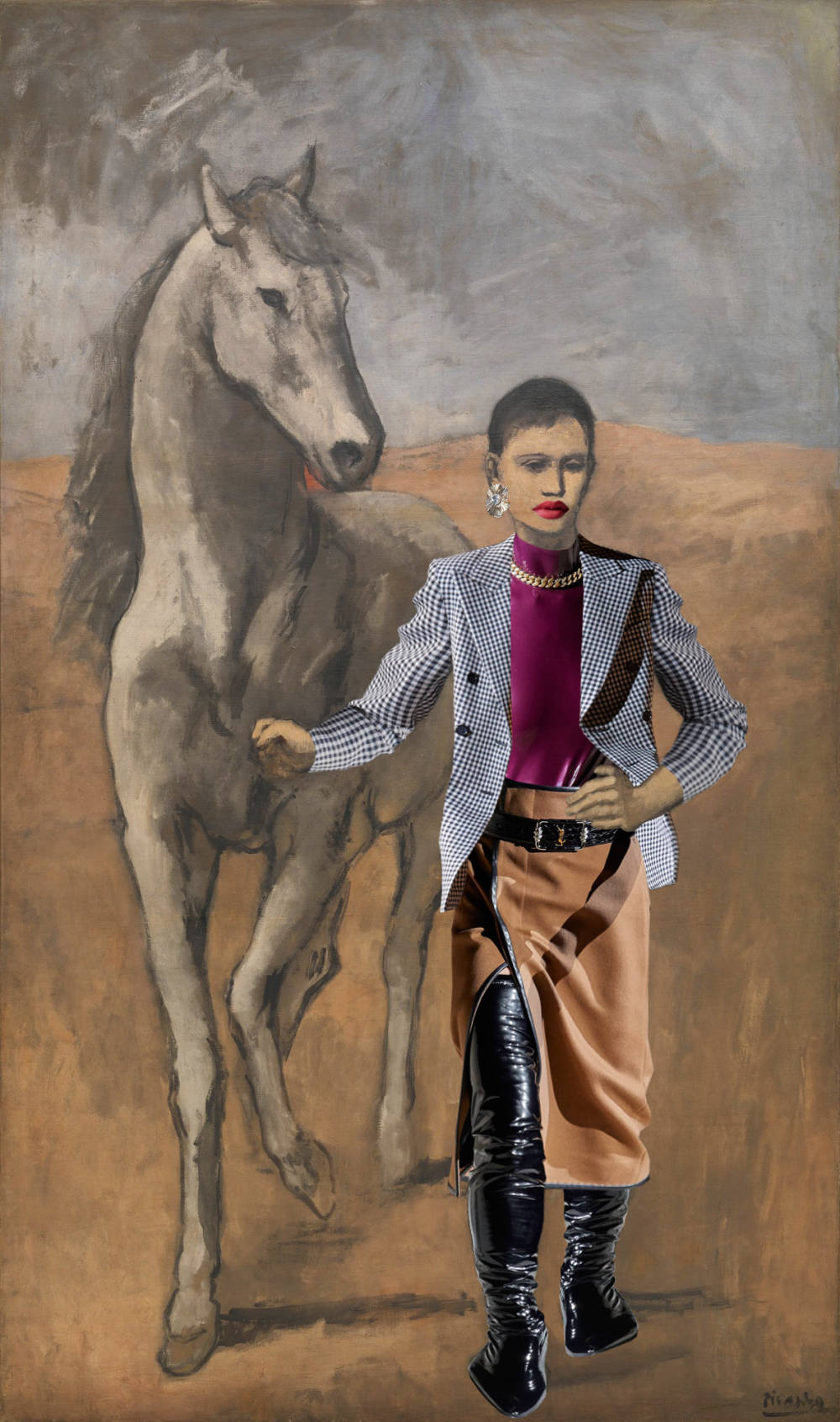
Pablo Picasso
Boy Leading a Horse (in Saint Laurent), 1905
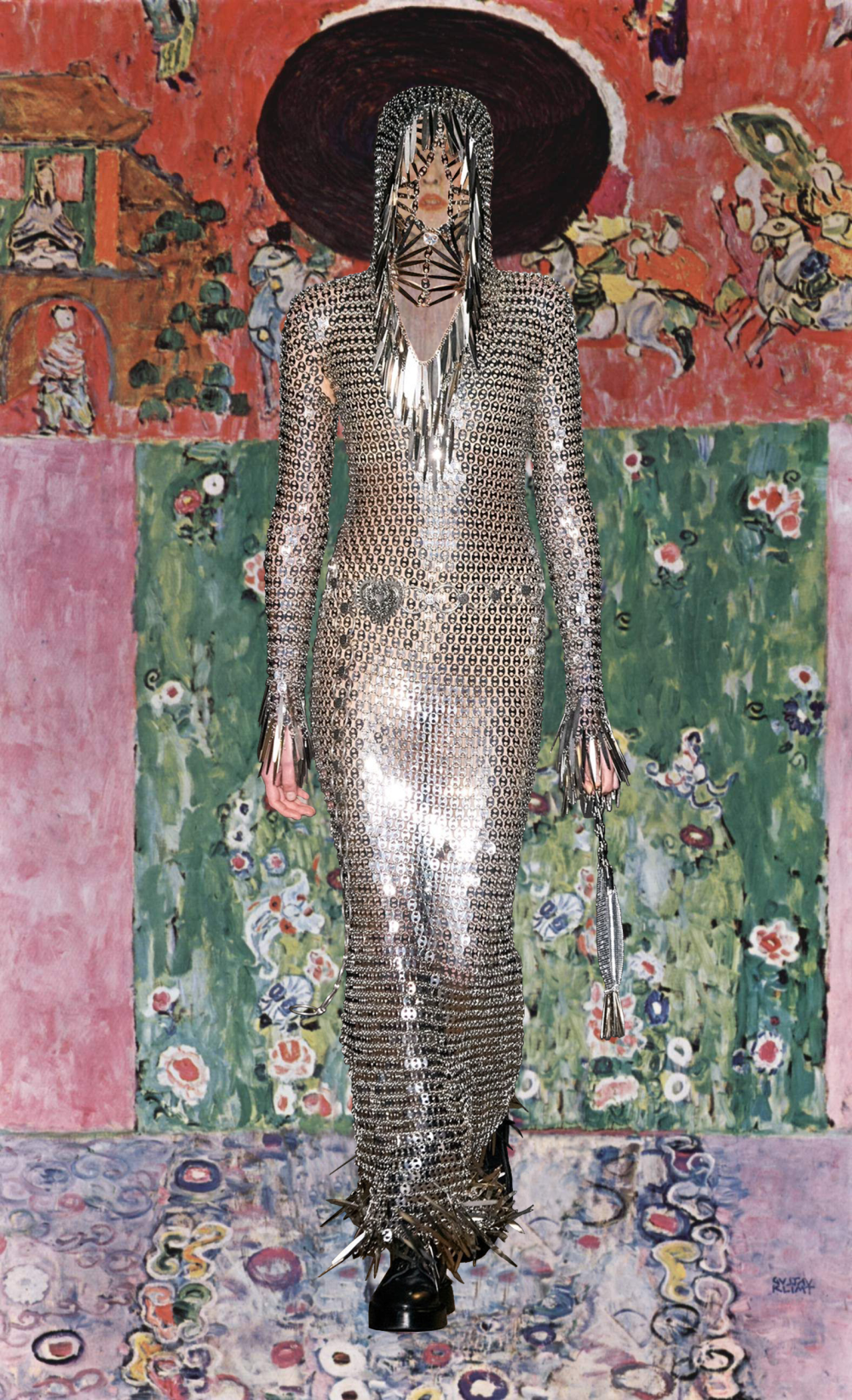
Gustav Klimt
Adele Bloch-Bauer II (in Paco Rabanne), 1912
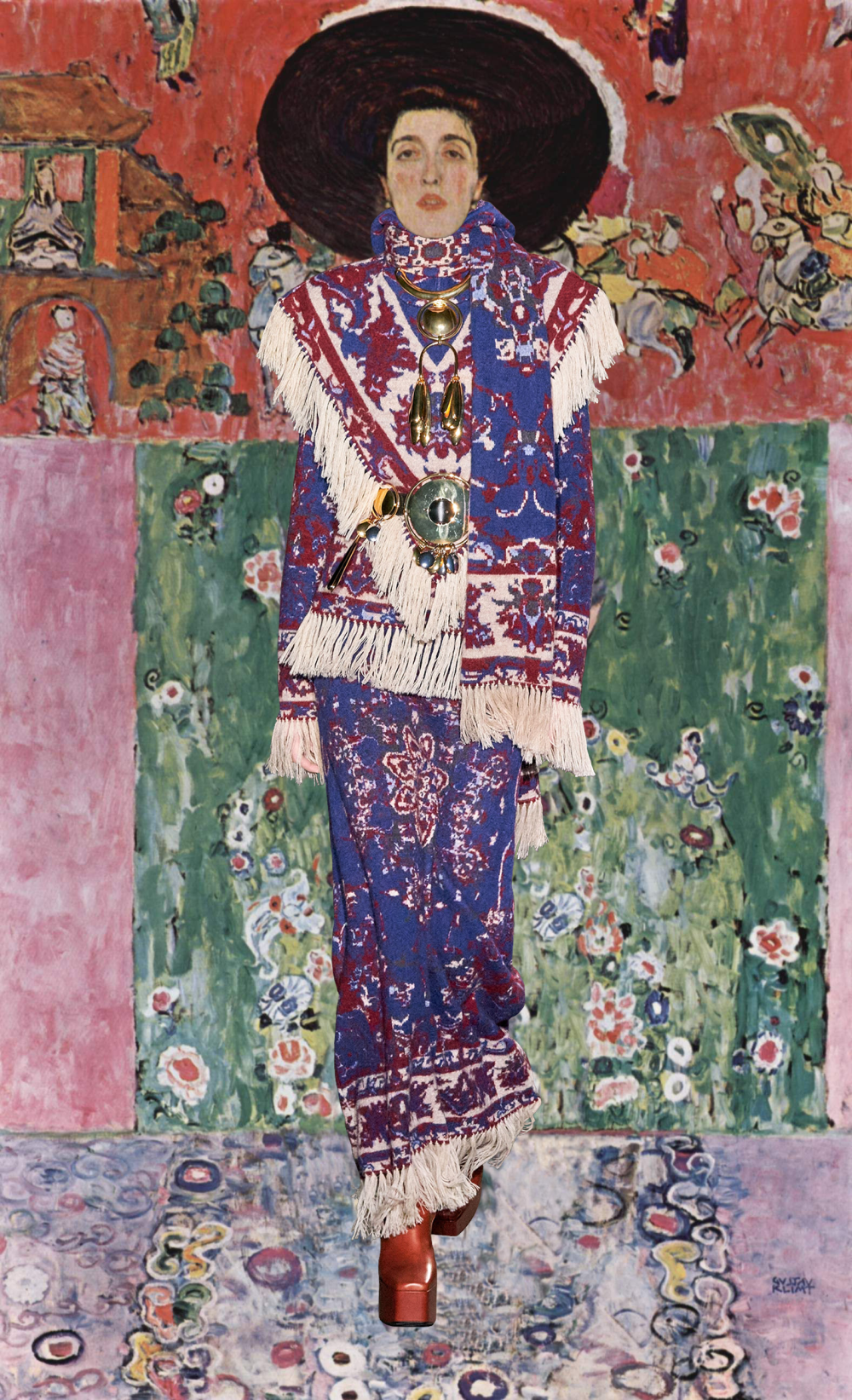
Gustav Klimt
Adele Bloch-Bauer II (in Paco Rabanne), 1912
